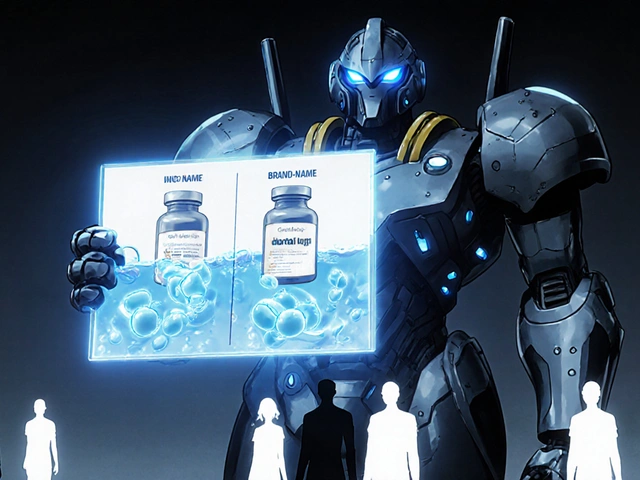Bacterial infections: how to spot them and what to do
Ever wondered if that sore throat, urinary burn, or red, warm skin patch is just a nuisance or a bacterial infection? Bacterial infections are common, but not every cough or fever needs antibiotics. This page helps you spot likely bacterial problems, know when to see a clinician, and use antibiotics sensibly so they keep working when you need them.
Quick signs to watch for: high fever, yellow or green sputum, pain or burning when peeing, spreading redness or pus at a wound, sudden worsening after a viral illness. If symptoms come on fast, feel severe, or get worse over 24–48 hours, that raises the chance a bacteria is involved.
When to see a doctor
See a clinician if you have high fever, trouble breathing, a stiff neck, severe belly pain, confusion, or signs of sepsis like very low urine or lightheadedness. For common issues: painful urination, ear or sinus pain with high fever, or a wound that is red and oozing—book a visit. Tests like urine analysis, throat swabs, or wound cultures can tell if bacteria are the cause and which antibiotic will work best.
Antibiotics: use them wisely
Antibiotics save lives, but misuse makes them stop working. Only take antibiotics when a clinician prescribes them for a likely bacterial infection. Follow the dose and finish the full course unless your doctor tells you otherwise. Don’t save leftovers for later or share pills. If side effects or allergy signs appear—rash, swelling, trouble breathing—stop and seek help.
If a test shows a specific bacteria, your provider may pick a narrow drug that targets it. This protects your body’s normal bacteria and slows resistance. If symptoms don’t improve in 48–72 hours on a prescribed antibiotic, contact your clinician—treatment may need adjusting.
Worried about buying meds online? Use licensed pharmacies, require a prescription, check pharmacy reviews, and avoid suspiciously cheap offers that skip prescriptions. For eye antibiotics like moxifloxacin (Vigamox) or oral options like azithromycin (Zithromax), only buy from trusted sources that verify prescriptions.
Prevention is often easier than treatment. Wash hands, keep wounds clean, stay up to date on vaccines (tetanus, pneumococcal, whooping cough where recommended), and avoid close contact with sick people. For urinary infections, drink water, pee after sex, and follow personal hygiene tips your clinician suggests.
Special groups—babies, older adults, pregnant people, and those with weak immune systems—need quicker attention. Small kids and older people can get very sick fast, so err on the side of care.
Common bacterial problems include strep throat (usually treated with penicillin or amoxicillin), uncomplicated urinary tract infections often treated with nitrofurantoin or trimethoprim-sulfamethoxazole, and skin infections that sometimes need drugs covering MRSA like doxycycline. Always follow local guidance and antibiotic stewardship.
Use this tag to find related articles on symptoms, specific antibiotics, safe online pharmacies, and condition guides. Read reliable posts before deciding to seek care or buy medicine, and ask questions—your health matters and quick, informed action usually leads to better outcomes.




